A Tale of Two Tomato Plants
jaidog
10 years ago
Related Stories

EDIBLE GARDENSSummer Crops: How to Grow Tomatoes
Plant tomato seedlings in spring for one of the best tastes of summer, fresh from your backyard
Full Story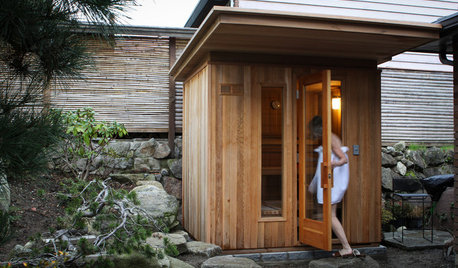
OUTBUILDINGSMy Houzz: A Tale of 2 Saunas
A trip to Finland, an inspiring photo and a twinge of envy lead two Seattle couples to build their versions of a dream sauna
Full Story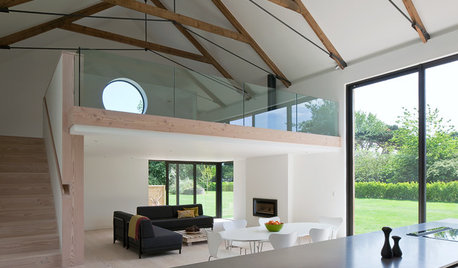
ARCHITECTUREHouzz Tour: Fresh Ideas in a Former Tomato Packing Shed
A formerly metal-clad structure is now a beautiful wood home designed to capture the light and preserve open space
Full Story
LIFEKitchen Traditions: Tomato Season Meets a Family Legacy
Somewhere a Sicilian great-great-grandmother is smiling at a bowl of American-made sauce
Full Story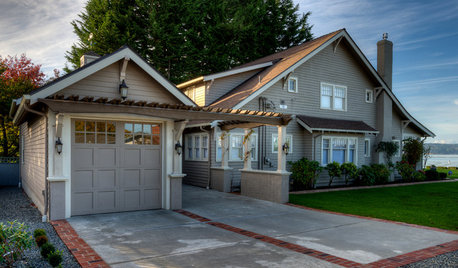
GARAGESTale of 2 Car Shelters: Craftsman Garage and Contemporary Carport
Projects in the Pacific Northwest complement the existing architecture and sites of 2 very different homes
Full Story
FUN HOUZZ31 True Tales of Remodeling Gone Wild
Drugs, sex, excess — the home design industry is rife with stories that will blow your mind, or at least leave you scratching your head
Full Story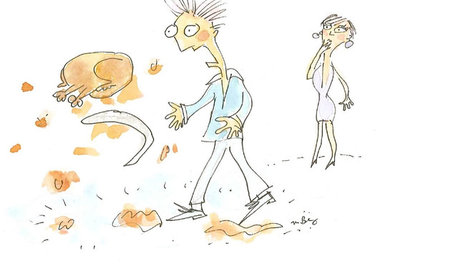
MOST POPULARThanksgiving Tales: When the Turkey Tanks
Houzz readers prove adept at snatching victory from the jaws of entertaining defeat
Full Story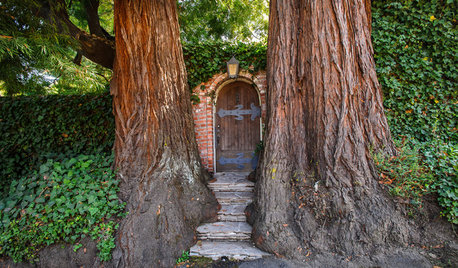
FUN HOUZZ14 Gardens Straight Out of Fairy Tales
Escape into landscapes that conjure the magical worlds of folklore and literature
Full Story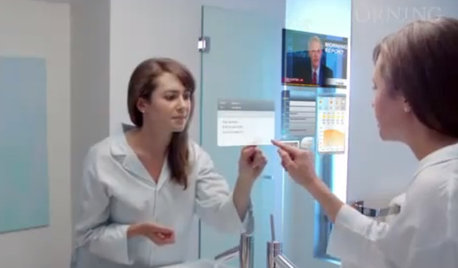
KITCHEN DESIGNMagic Mirrors Emerge From Fairy Tales
Amazing advancements in computers, interfaces and glass point to a future in which smart surfaces are commonplace in the home
Full Story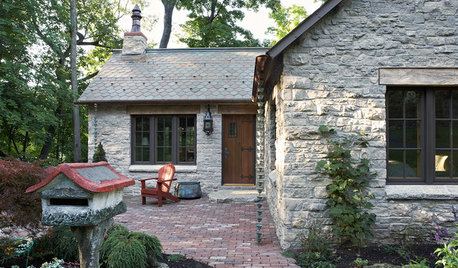
HOUZZ TOURSHouzz Tour: Fairy Tale Gatehouse in Minnesota
This cozy cottage in Minnesota blends fine antiques with reclaimed materials from bridge pilings, city streets and Midwestern barns
Full Story






Charlie
seysonn
Related Professionals
West Milford Landscape Architects & Landscape Designers · Essex Landscape Architects & Landscape Designers · Saint Charles Landscape Architects & Landscape Designers · Suffern Landscape Architects & Landscape Designers · Arlington Landscape Contractors · Chesapeake Ranch Estates Landscape Contractors · Eustis Landscape Contractors · Farmington Landscape Contractors · Fort Wayne Landscape Contractors · Paramount Landscape Contractors · Waldorf Landscape Contractors · West Haverstraw Landscape Contractors · Weymouth Landscape Contractors · Great Falls General Contractors · Tooele Decks, Patios & Outdoor EnclosuresjaidogOriginal Author
digdirt2
jaidogOriginal Author
digdirt2
jaidogOriginal Author
digdirt2
jaidogOriginal Author